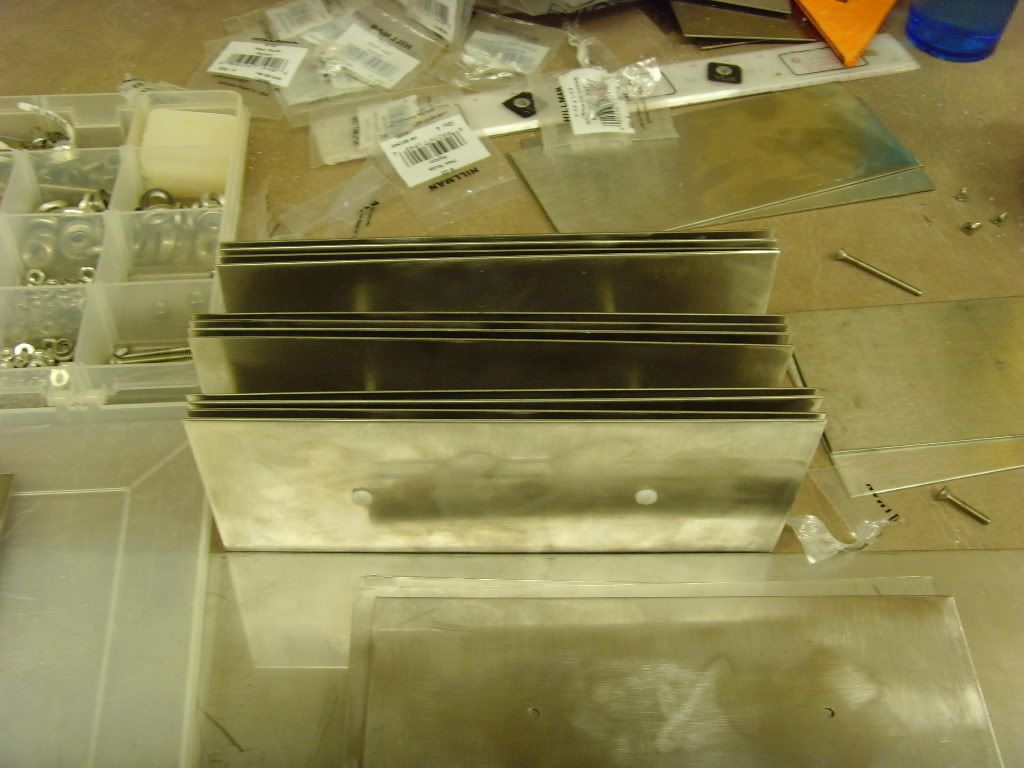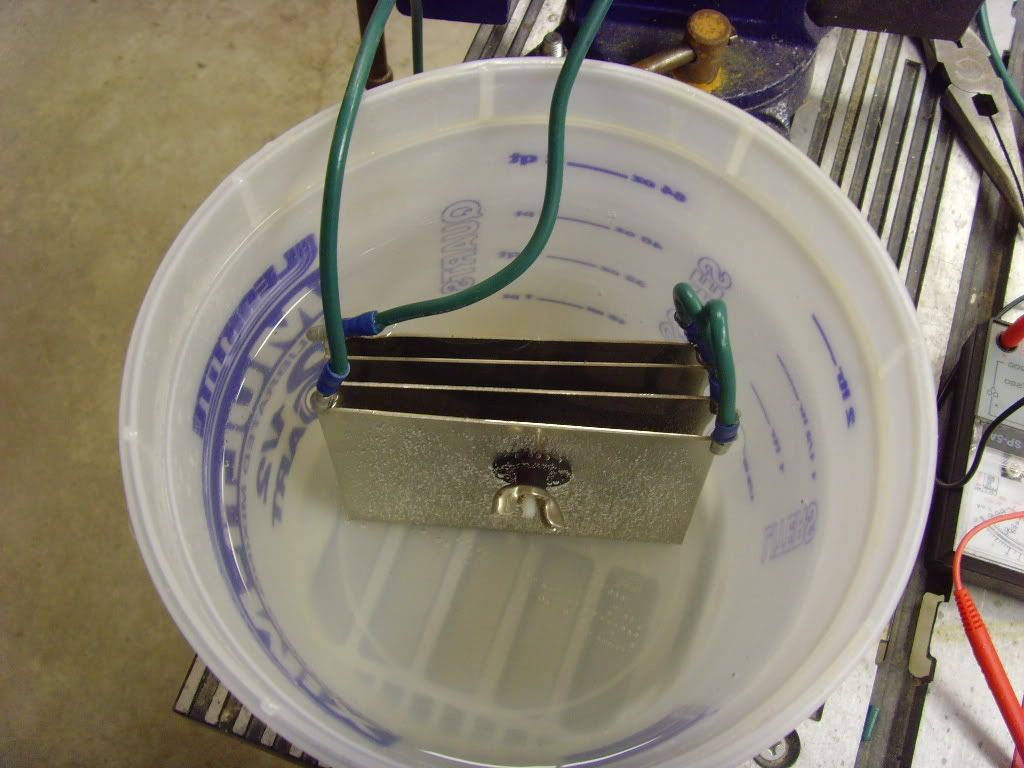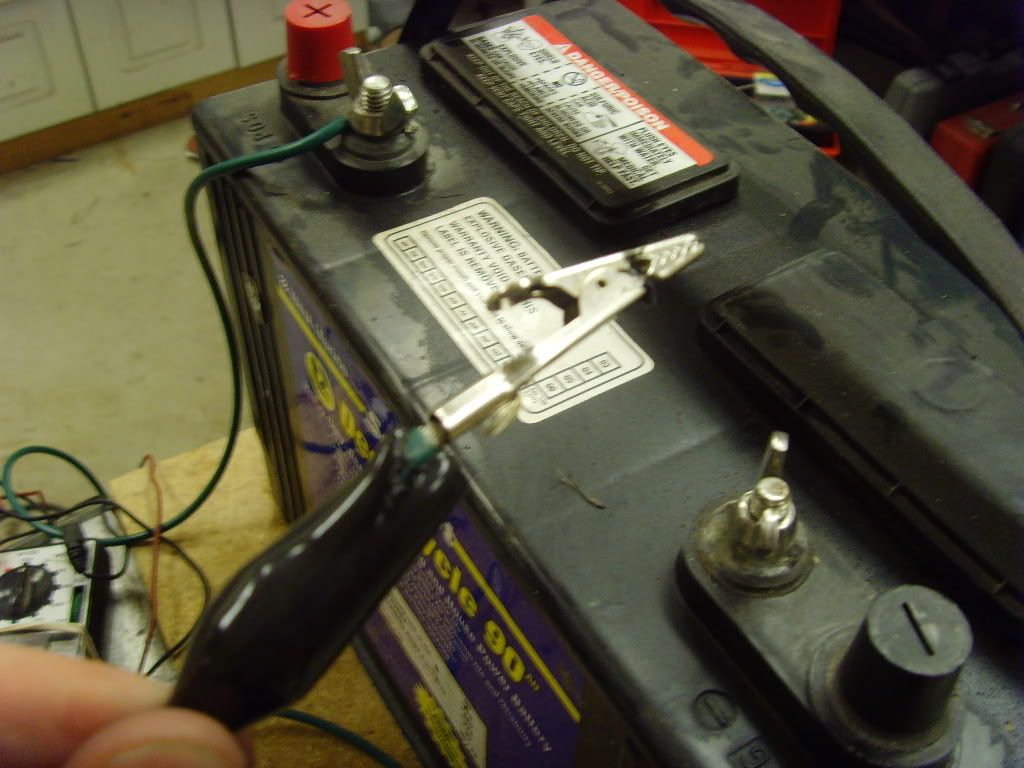Hey guys, here is an update on my HHO gen.
Here is three of the seven cells

The plates are 304 stainless 4" x 9" 18g

I sanded the plates horizontal then vertical
I also threw together a test cell for fun.

How come when i turn it on the negative gets very hot and starts to melt?

I haven't found any thing to build the container out of yet, any suggestions?
Does everything look ok thus far?
Thanks,
Alex
Here is three of the seven cells

The plates are 304 stainless 4" x 9" 18g

I sanded the plates horizontal then vertical
I also threw together a test cell for fun.

How come when i turn it on the negative gets very hot and starts to melt?

I haven't found any thing to build the container out of yet, any suggestions?
Does everything look ok thus far?
Thanks,

Alex






 .
.

 After that enjoy the success.
After that enjoy the success.
Comment